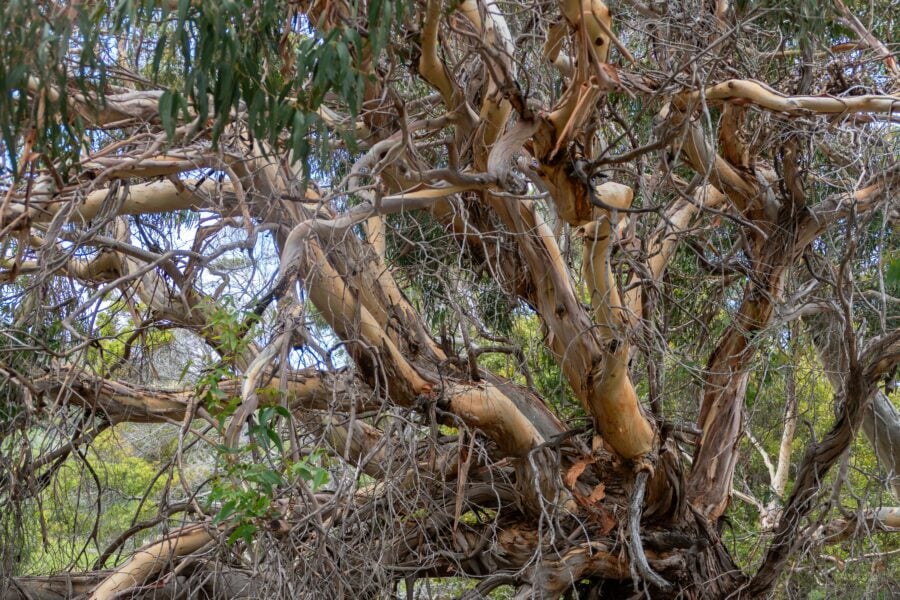World’s oldest mother fish fossil found

AN INTERNATIONAL TEAM led by Dr Kate Trinajstic from Curtin University of Technology recently revealed that unlike most fish that lay eggs in the water, placoderms (a class of shark-like armoured fish that lived for about 70-million years until their extinction about 360-million-years-ago) reproduced in the same way as mammals. They engaged in penetrative sex, eggs were fertilised internally and the mother gave birth to live young.
The research team unearthed an adult female placoderm with the fossil of an embryo and intact mineralised umbilical chord inside her bones. “It was truly one of the most remarkable finds in the history of palaeontology,” says John Long, a paleontologist and Head of Sciences at Museum Victoria.
“Another interesting discovery was that some species of placoderms had shark-like claspers,” Kate says. “These are modifications of the pelvic fins that form the penis-like organ found in sharks. They are grooved organs that are used to deposit sperm into the genital duct of sexually receptive females.”
The fossils were discovered in the Gogo Formation, a dry plain in the Kimberley, WA, that was once a giant barrier reef teeming with fish.
Gogo formation providing link in the chain of evolution
“The fascinating thing about Gogo is that you’re actually standing in the reef,” Kate says. “You’re walking along the plain which is the remnants of the sea floor and on either side of you you’ve got the towering cliffs which are made up of fossilised algae and sponges.”
The evidence presented by these fossils predates the earliest previously known examples of live births in vertebrates, from the Jurassic period, by nearly 200 million years. “This discovery provides a link in the chain of evolution that scientists have been uncovering for over a century,” Kate says.
RELATED STORIES




